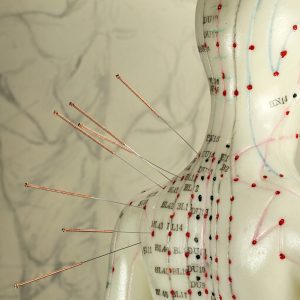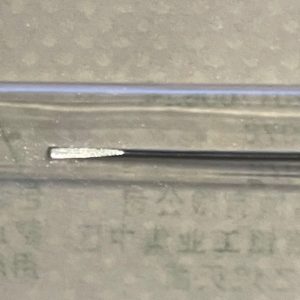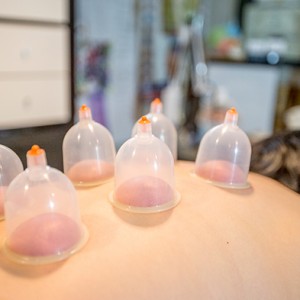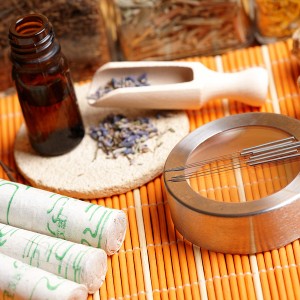The immediate pain relief experienced after an acupuncture session can vary depending on several factors, including the individual, the nature of the pain, and the specific condition being treated. In some cases, individuals may experience immediate pain relief following acupuncture, while in other cases, the effects may be more gradual and cumulative over a series of treatments. Immediate pain relief can occur due to various mechanisms: Endorphin Release: Acupuncture can stimulate the release of endorphins, which are natural pain-relieving substances produced by the body. This release of endorphins can lead to immediate pain relief and a sense of well-being. Neural Modulation: Acupuncture can influence the central nervous system and peripheral nerves. The stimulation of acupuncture points can trigger the release of neurotransmitters, such as serotonin and norepinephrine, which can modulate pain perception and provide immediate relief. Relaxation Response: Acupuncture is known to induce a relaxation response in the body, promoting […]




